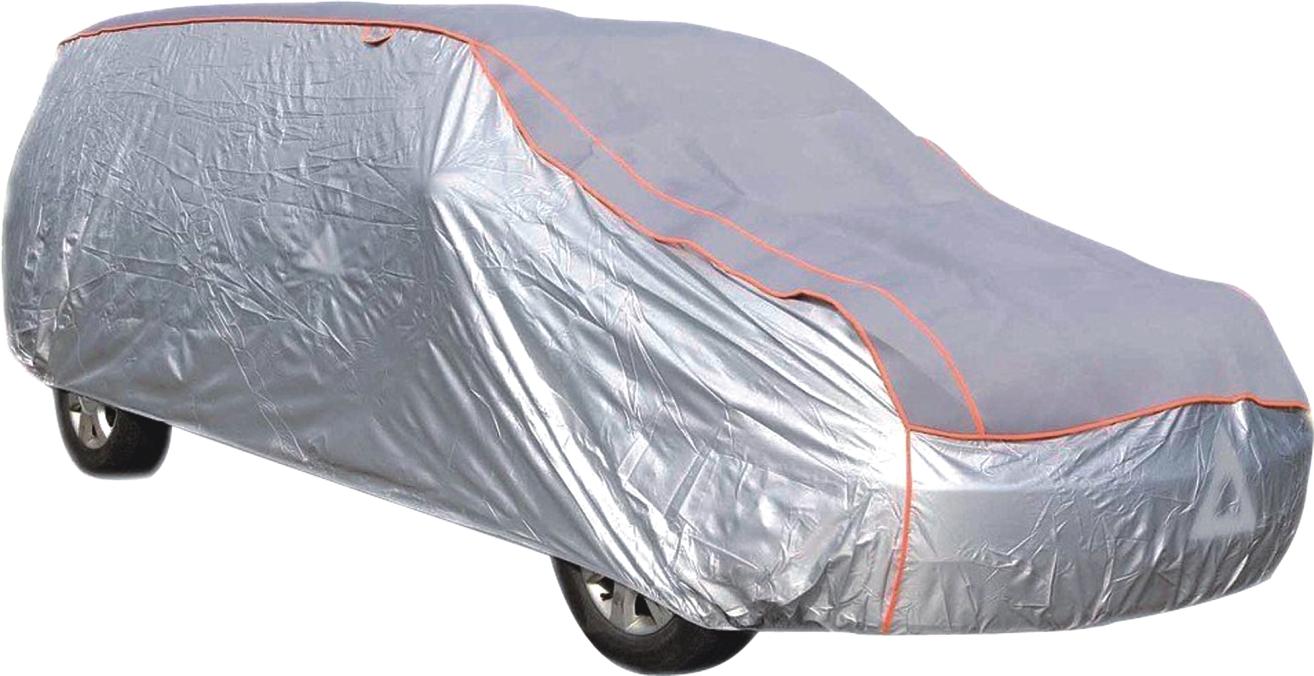In the realm of automotive accessories, the significance of a well-designed car cover for hail protection cannot be overstated. Hailstorms pose a significant threat to the exterior of vehicles, causing dents, scratches, and, in severe cases, irreparable damage. From a designer's perspective, the challenge lies in creating a car cover that not only serves as a shield against hail but also combines practicality, durability, and aesthetic appeal. This article delves into the world of car cover design, exploring the nuances of crafting a resilient solution that ensures optimal protection for vehicles.
Understanding the Need for Hail Protection:
Hailstorms are natural phenomena that can wreak havoc on automobiles. The impact of hailstones, ranging in size from small pellets to larger chunks, can lead to unsightly damages and compromise the structural integrity of a vehicle. Recognizing the vulnerability of cars to hail damage, designers have undertaken the task of developing car covers specifically tailored for hail protection.
Key Design Considerations for Car Covers for Hail:
Material Selection:
The choice of materials is fundamental to the effectiveness of a car cover for hail protection. Designers focus on selecting durable, weather-resistant fabrics that can withstand the impact of hailstones. High-density synthetic materials, such as polyester blends, are often favored for their strength and resilience.
Layered Construction:
To enhance protection, designers opt for layered constructions in car cover design. This involves incorporating multiple layers of material with varying thickness and composition. The outer layer acts as a shield against hail, while inner layers provide additional padding to absorb impact.
Impact Resistance Technology:
Incorporating advanced impact resistance technologies is a key aspect of car cover design for hail protection. This may involve the integration of specialized padding or reinforced sections that absorb and disperse the force of hailstones, preventing direct contact with the vehicle's surface.
Secure Fastening Systems:
A well-designed car cover should provide a snug fit to prevent hail from reaching the vehicle's exterior. Designers focus on creating secure fastening systems, including elastic hems, adjustable straps, and buckles, ensuring that the cover remains firmly in place during inclement weather.
Ventilation and Breathability:
While protection is paramount, designers also consider the need for ventilation and breathability. Condensation and trapped moisture can potentially harm the vehicle's paint and finish. Therefore, the inclusion of ventilation panels or breathable materials in the design helps maintain a healthy climate under the cover.
Customized Fit:
Recognizing that vehicles come in various shapes and sizes, designers prioritize creating car covers with a customized fit. Tailored designs ensure that the cover wraps snugly around the contours of the vehicle, leaving no vulnerable areas exposed to potential hail damage.
UV Protection:
In addition to hail, prolonged exposure to sunlight can cause fading and damage to a vehicle's paint. Designers often incorporate UV-resistant coatings or materials to provide comprehensive protection against both hail and harmful UV rays.
Aesthetic Appeal:
While functionality is a priority, designers understand the importance of aesthetics. A well-designed car cover should complement the vehicle's appearance, and designers explore various colors, patterns, and finishes to ensure that the cover adds a touch of style while safeguarding the vehicle.
Innovations in Car Cover Design for Hail Protection:
Nano-Coating Technology:
Some designers are exploring the use of nano-coating technology to enhance the resilience of car covers. Nano-coatings create an additional protective layer on the fabric, making it more resistant to hail impact and other environmental factors.
Smart Fabric Integration:
The integration of smart fabrics with sensing capabilities is an emerging trend. These fabrics can detect the force of hailstones and adjust their level of protection accordingly. Smart fabrics may also incorporate self-healing properties to repair minor damages.
Foldable and Portable Designs:
Recognizing the need for convenience, designers are developing car covers that are foldable and easily portable. These designs allow users to quickly deploy the cover when needed and store it compactly when not in use.
Customization Options:
Providing customization options is a key focus in modern car cover design. Customers can choose from a range of sizes, colors, and even personalized prints to make their car cover a unique and stylish accessory.
Weather-Adaptive Materials:
Designers are experimenting with materials that adapt to different weather conditions. For example, certain materials may become more rigid during hailstorms to provide enhanced protection and return to a flexible state in milder weather.
User-Centric Approaches:
Ease of Installation:
User feedback emphasizes the importance of easy installation. Well-designed car covers should be user-friendly, allowing vehicle owners to quickly and efficiently secure the cover in anticipation of a hailstorm.
Convenient Storage:
Users appreciate car covers that come with convenient storage solutions. Compact and lightweight designs make it easier for individuals to store the cover in their vehicles for on-the-go protection.
Durability in Extreme Conditions:
Positive feedback often revolves around the durability of car covers in extreme weather conditions. Users value covers that maintain their integrity and protective qualities even after prolonged exposure to hail, rain, and sunlight.
Cleaning and Maintenance:
The ease of cleaning and maintaining the car cover is another aspect highlighted by users. Designs that allow for simple cleaning and are resistant to mold and mildew receive positive reviews.
Conclusion:
In conclusion, the design of a car cover for hail protection requires a meticulous approach that balances functionality, durability, and aesthetics. Designers play a crucial role in developing innovative solutions that not only shield vehicles from hail damage but also address the diverse needs and preferences of users. As advancements in materials and technologies continue to shape the automotive accessory industry, car covers are evolving into sophisticated, multi-functional accessories that offer comprehensive protection while reflecting the individuality of each vehicle owner.

